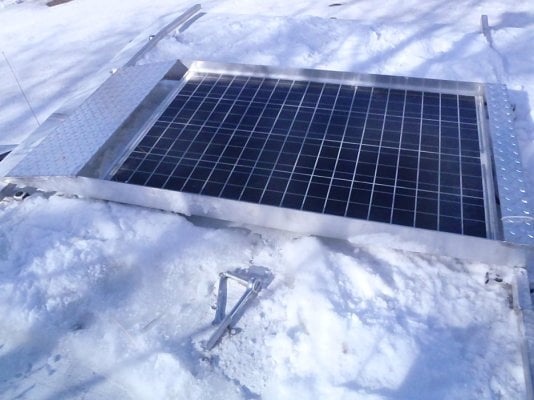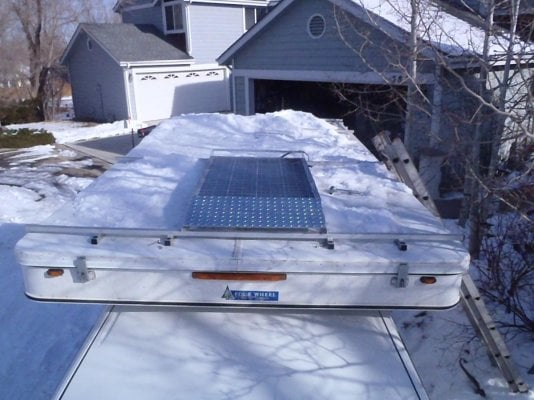longhorn1
Ouch, that stings!
I have been communicating with Terry at FWC. I would prefer not to have holes throught the roof of the camper to fasten solar panels. Hallmark has an option to use solar mats which are adhered to the roof with a special adhesive. I'm not sure what brand, but I did find the web site for Global Solar which manufacturers solar mats for RV's. The only hole would be for the wires. Terry said that FWC doesn't have a relationship with Global Solar, but they are exploring Zamp Solar. Zamp Solar didn't show solar mats but they did show a line of portable solar panels ranging from 85W to 200W. This is intreging since you could have the panel on the ground angled properly to the sun. The only draw-back would be with someone stealing the unit when you were off hiking. It would have to be cable locked to something.
I'm not handy with building things, so my plan was to have all or most of the work done at the FWC factory. FWC doesn't appear to be too flexible with options. That isn't really a big issue, but there are a couple of things that I want.
I would appreciate hearing from those that had solar factory installed by FWC, those that added later (that wouldn't be my choice), and those that have used solar mats or the portable solar panels.
Thanks, Happy Holidays.
I'm not handy with building things, so my plan was to have all or most of the work done at the FWC factory. FWC doesn't appear to be too flexible with options. That isn't really a big issue, but there are a couple of things that I want.
I would appreciate hearing from those that had solar factory installed by FWC, those that added later (that wouldn't be my choice), and those that have used solar mats or the portable solar panels.
Thanks, Happy Holidays.


